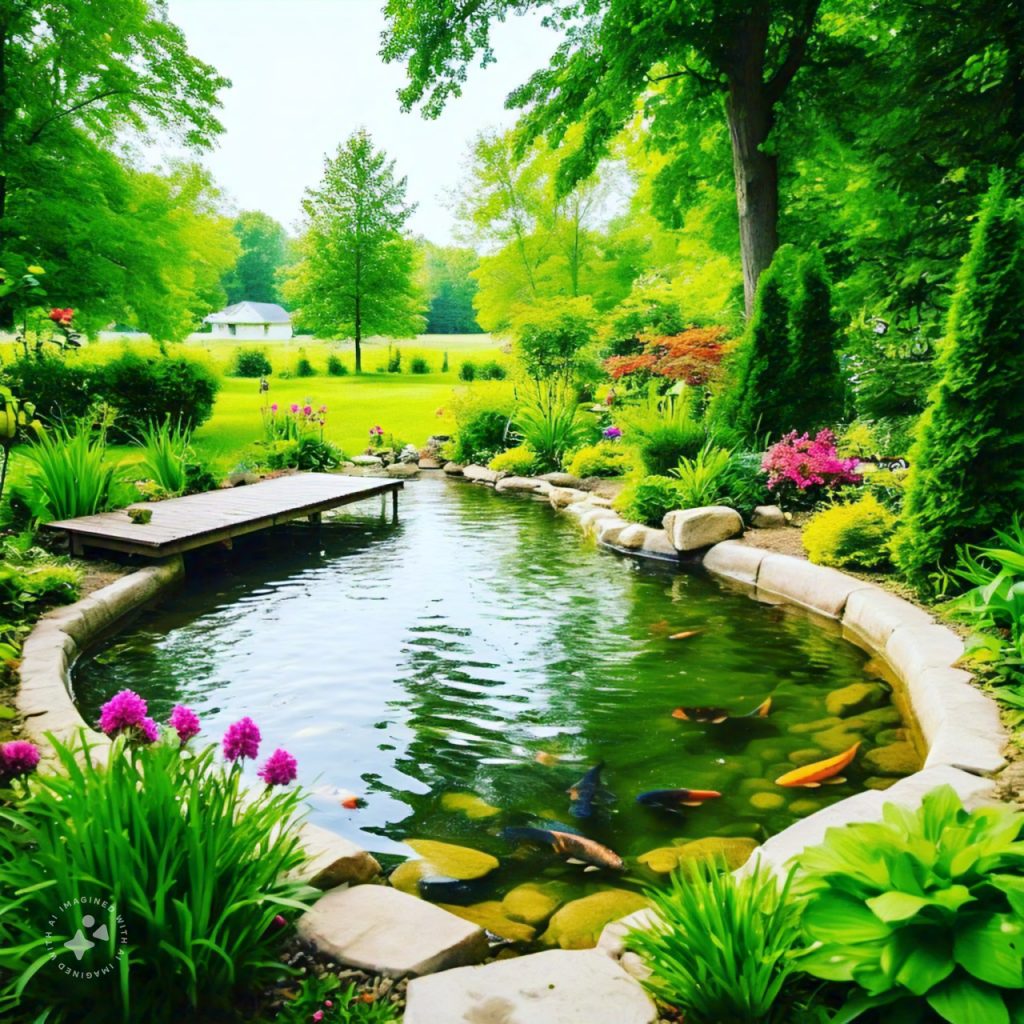Backyard fish farming is an innovative and sustainable way to generate income while making efficient use of space. It combines entrepreneurship with environmental stewardship, offering fresh, locally grown fish for personal consumption or sale. If you’re interested in turning your backyard into a thriving fish farming business, this comprehensive guide will walk you through the process step-by-step.
Step 1: Research and Plan Your Business
Every successful business starts with a plan. Backyard fish farming is no different. Begin by researching:
- Market Demand: Identify what fish species are popular in your area.
- Regulations: Understand local laws, permits, and environmental regulations for aquaculture.
- Feasibility: Assess your backyard’s size, water availability, and climate compatibility.
Create a business plan outlining your goals, costs, and revenue projections.
Step 2: Select the Right Fish Species
The success of your business depends on choosing the appropriate fish species for your region and market. Popular options include:
- Tilapia: Fast-growing and resilient, ideal for warm climates.
- Catfish: Hardy and easy to manage, perfect for beginners.
- Trout: Suitable for cooler climates, requiring clean, oxygen-rich water.
- Carp: A low-maintenance option for larger ponds.
- Ornamental Fish (e.g., koi): High-profit niche market opportunities.
Step 3: Choose a Farming System
Your choice of farming system should balance space, budget, and production goals. Options include:
- Ponds: Ideal for larger backyards; offer natural environments but require more maintenance.
- Tanks or Containers: Space-efficient and manageable for small setups.
- Aquaponics Systems: Integrate fish farming with hydroponic vegetable cultivation for dual revenue streams.
Step 4: Set Up Your Infrastructure
Infrastructure is the backbone of a thriving backyard fish farm. Essential components include:
- Water Source: Reliable, clean water supply (well water, rainwater, or treated tap water).
- Filtration System: Keeps water clean and free of harmful waste.
- Aeration Equipment: Provides sufficient oxygen levels through air pumps or fountains.
- Temperature Control: Install heaters or shading to maintain optimal water temperatures for your species.
Step 5: Stock Your Fish
Purchase fingerlings or juveniles from reputable suppliers. Start with a manageable quantity to avoid overcrowding and learn best practices. Maintain proper stocking densities to ensure healthy growth and minimize stress.
Step 6: Feed Your Fish for Growth
Provide high-quality, species-specific feed to promote healthy growth and weight gain. Feeding tips:
- Use floating pellets to observe feeding behavior.
- Avoid overfeeding, as uneaten food can pollute the water.
- Supplement commercial feed with natural options like worms or algae to reduce costs.
Step 7: Monitor and Maintain the System
Consistent monitoring is critical for maintaining optimal conditions:
- Test water quality regularly for pH, ammonia, nitrates, and oxygen levels.
- Remove debris and waste to prevent water contamination.
- Observe fish behavior for signs of stress, illness, or malnutrition.
Step 8: Market Your Fish Farming Business
A solid marketing strategy is essential to attract customers.
- Local Farmers’ Markets: Sell directly to consumers.
- Restaurants and Retailers: Offer fresh, locally sourced fish to businesses.
- Social Media: Build an online presence to connect with potential buyers.
- Community Engagement: Educate people about the benefits of local, sustainable fish farming.
Step 9: Scale Your Operations
Once your backyard fish farming business is stable, consider scaling up:
- Add more tanks or ponds to increase production.
- Explore aquaponics to diversify your income with vegetables or herbs.
- Invest in advanced filtration and automation systems to reduce manual labor.
Step 10: Practice Sustainability and Ethics
Sustainable practices are vital for long-term success:
- Use renewable resources like solar energy for pumps and aeration.
- Recycle water or integrate aquaponics for zero waste.
- Ensure humane treatment of fish and ethical farming methods.
Cost Breakdown for Starting a Backyard Fish Farming Business
| Expense | Estimated Cost (USD) |
|---|---|
| Fish Fingerlings | $50–$200 |
| Tanks or Pond Setup | $100–$1,000 |
| Filtration and Aeration | $100–$300 |
| Water Testing Kits | $20–$50 |
| Fish Feed (Monthly) | $30–$100 |
| Marketing Costs | $50–$200 |
Potential Challenges and How to Overcome Them
- Overcrowding: Stick to recommended stocking densities to prevent stress and disease.
- Water Quality Issues: Regularly monitor and maintain filtration systems.
- Predators: Use nets or barriers to protect fish from birds, cats, or other animals.
- Market Competition: Differentiate your business with superior quality and sustainable practices.
Conclusion
Building a thriving backyard fish farming business requires dedication, planning, and consistent effort. By following these 10 steps, you can turn your backyard into a profitable, sustainable source of fresh fish. Whether you’re catering to local markets or feeding your family, fish farming is a rewarding way to combine entrepreneurship with environmental responsibility.
Start today, and watch your backyard transform into a hub of aquatic productivity and success!

